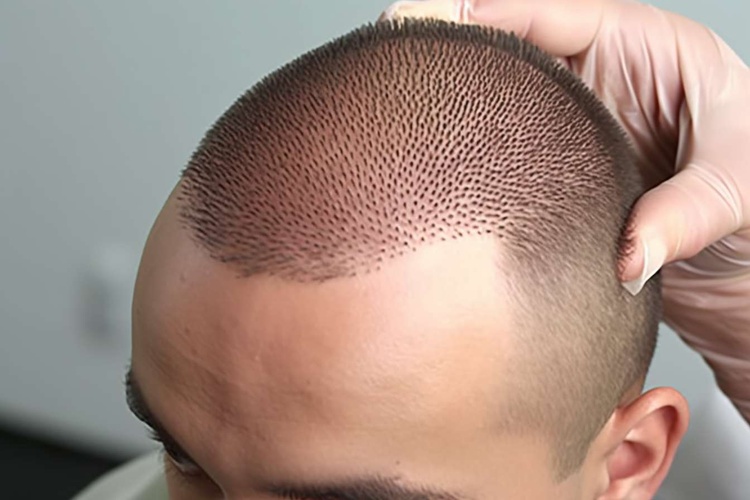Hair Transplantation: What to Expect Before, During, and After the Procedure
Hair transplantation involves moving hair follicles from a donor site, typically the back or sides of the head, to areas experiencing thinning or baldness. The most common techniques are Follicular Unit Transplantation (FUT) and Follicular Unit Extraction (FUE). In FUT, a strip of scalp is removed and dissected into individual follicular units. In contrast, FUE extracts individual follicles directly from the scalp, leaving tiny scars. Both methods have their pros and cons, but the choice depends on factors like hair type, extent of hair loss, and personal preference. It's essential to consult with a qualified specialist for an accurate assessment.

Understanding the Pre-Transplant Consultation Process
Before undergoing hair transplantation, patients must complete a thorough consultation process. During this phase, surgeons evaluate scalp condition, hair loss patterns, and donor area availability. They also review medical history, current medications, and lifestyle factors that might affect the procedure’s success. This evaluation helps determine candidacy and establish realistic expectations for the final results.
The Hair Transplantation Procedure
The procedure typically takes 4-8 hours, depending on the extent of transplantation needed. Two main techniques are commonly used: Follicular Unit Transplantation (FUT) and Follicular Unit Extraction (FUE). FUT involves removing a strip of scalp tissue, while FUE extracts individual follicular units directly. Local anesthesia ensures patient comfort throughout the process, and the surgeon carefully creates recipient sites before implanting the harvested follicles.
Immediate Post-Procedure Care
The first few days after transplantation are crucial for success. Patients receive detailed instructions for sleeping positions, washing techniques, and medication schedules. Some swelling and discomfort are normal and typically subside within a week. The transplanted area may form small scabs that fall off naturally within 7-10 days.
Long-Term Recovery and Results
Complete recovery takes several months, with initial results visible after 3-4 months. The transplanted hair typically sheds within the first few weeks, which is a normal part of the process. New growth begins around month 3, with full results usually visible after 12-18 months. Regular follow-up appointments help monitor progress and address any concerns.
Maintenance and Ongoing Care
Long-term success requires proper maintenance and care. This includes following a prescribed hair care routine, using recommended products, and protecting the scalp from excessive sun exposure. Some patients may need medication to prevent further hair loss in non-transplanted areas.
| Procedure Type | Average Cost Range | Recovery Time | Key Benefits |
|---|---|---|---|
| FUT Method | $4,000 - $15,000 | 10-14 days | Larger number of grafts per session |
| FUE Method | $6,000 - $20,000 | 7-10 days | Minimal scarring, faster healing |
| Advanced FUE | $8,000 - $25,000 | 7-10 days | Premium technology, enhanced precision |
Prices, rates, or cost estimates mentioned in this article are based on the latest available information but may change over time. Independent research is advised before making financial decisions.
A successful hair transplantation journey requires careful planning, choosing the right procedure type, and following post-operative care instructions diligently. While the process requires patience, most patients find the long-term results well worth the investment in time and resources. Regular maintenance and follow-up care help ensure the longevity of the transplanted hair.
This article is for informational purposes only and should not be considered medical advice. Please consult a qualified healthcare professional for personalized guidance and treatment.




